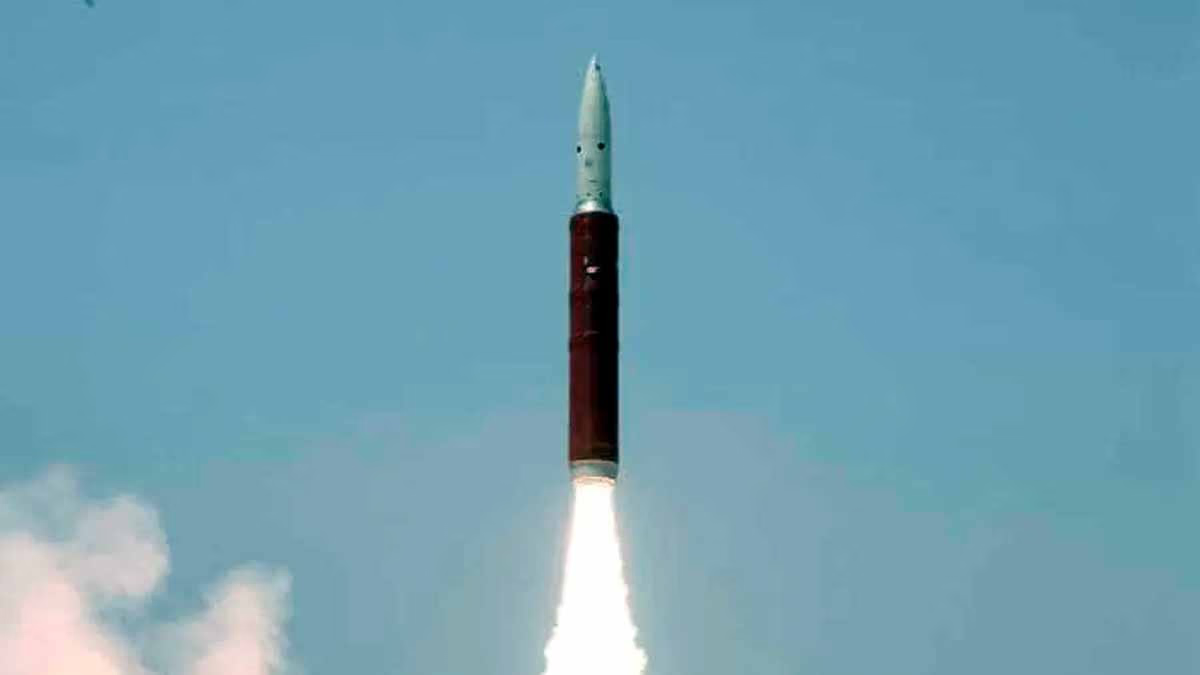The Winter War stands as a pivotal military conflict in history, fought from November 30, 1939, to March 13, 1940, between Finland and the Soviet Union. This war showcased the extraordinary resilience and tactical prowess of smaller nations with limited resources. Spanning 105 days, Finland, a small nation, stood firm against Russia.
The origins of this conflict were rooted in the expansionist policies of the Soviet Union. The Soviet Union demanded territories near its border from Finland to secure Leningrad (now St. Petersburg). Stalin insisted that Finland move its border on the Karelian Isthmus 16 miles back to establish a buffer zone around Leningrad.
The Soviet Union's Buffer Zone Demand
They also demanded that Finland cede several islands in the Gulf of Finland and lease the Hanko Peninsula for constructing a naval base. Although the Soviet Union offered large chunks of land in exchange, Finland suspected their intentions and declined. On November 30, 1939, following several ultimatums and unsuccessful negotiations, the Soviet Red Army invaded Finland with half a million troops.
The Rise of the Molotov Cocktail
This conflict, later known as the 'Winter War,' saw the Finnish soldiers effectively employ the 'Molotov cocktail' (a homemade incendiary bomb), which gained fame. Despite military disadvantages, Finland capitalized on its familiar terrain and guerrilla tactics brilliantly.
A Small Nation's Daring Courage
Finland's forces inflicted heavy losses on the Soviet army with their energetic soldiers and ski troops. Finland's defensive lines were crucial in halting the Soviet advance. This war became a symbol of Finnish bravery and tactical skill. Finland's struggle attracted the attention of Western countries, particularly Britain and France. This war demonstrated how a small yet organized army could withstand a major military power.
The War's Conclusion
Although the Finns put up a fierce resistance during the winter of 1939-1940, they could not ultimately overcome the Soviet army's vast numbers. In February 1940, after the most extensive artillery bombardment since World War I, the Soviets resumed their offensive, breaking Finnish defenses on the Karelian Isthmus. Facing ammunition shortages and exhaustion, Finland agreed to peace terms the following month.
Moscow Peace Treaty: Finland's Sovereignty Preserved
The conflict concluded with the signing of the Moscow Peace Treaty on March 13, 1940. Finland retained its sovereignty but was compelled to cede some territories to the Soviet Union. Under this treaty, Finland had to give away roughly 11% of its land (areas near the Karelian Isthmus and Lake Ladoga) to the Soviet Union.
Notable Historical Events
On November 30, 1016, Canute the Great became King of England. Canute established his reign over England and unified it with Denmark and Norway, known as the 'North Sea Empire.'
On November 30, 1700, the Great Northern War commenced, marking a decisive phase in the conflict between Sweden and Russia, significantly shaping Northern Europe's political landscape.
On November 30, 1872, the first official international football match took place in Glasgow, Scotland, between England and Scotland.
On November 30, 1966, Barbados gained independence, becoming a free nation from the United Kingdom.




